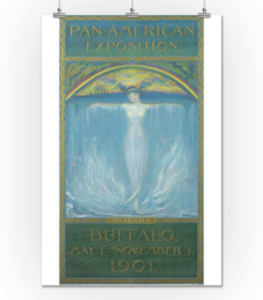All over the world the unsung armies of semioticians, the tourists are fanning out in search of the sign of Frenchness, typical Italian behavior, exemplary Oriental scenes, typical American thruways, traditional English pubs.
Urry uses confirmation to affirm the idea of the tourist gaze, that whenever we are tourists in foreign countries, everything we see becomes a staple of that country and its culture. Not only does everything we see become an extension of our idea of that country, but we bring our own preconceptions of what we expect and try to fit our experiences to match our preconceptions. For example, if you see a couple kissing in the street in Paris you will view that differently than seeing a couple kissing in the street in your hometown somewhere in Nebraska. In Paris, its romantic and expected. That’s how it should be. In Nebraska it’s probably more of an annoyance. If you see someone eating a croissant in Miami, you probably won’t think twice about it. If you see someone eating a croissant in Paris, it’s suddenly oh so French. When tourists go to Paris, the city of love and croissants, they expect to see those things, so when they do, their preconceptions are affirmed. It’s a lot like confirmation bias. When you go somewhere looking for something specific, you will probably find it. And when you do, you will exclaim how right you were about the whole thing. The reality, however, is that you found it because you were looking for it, not the other way around.

